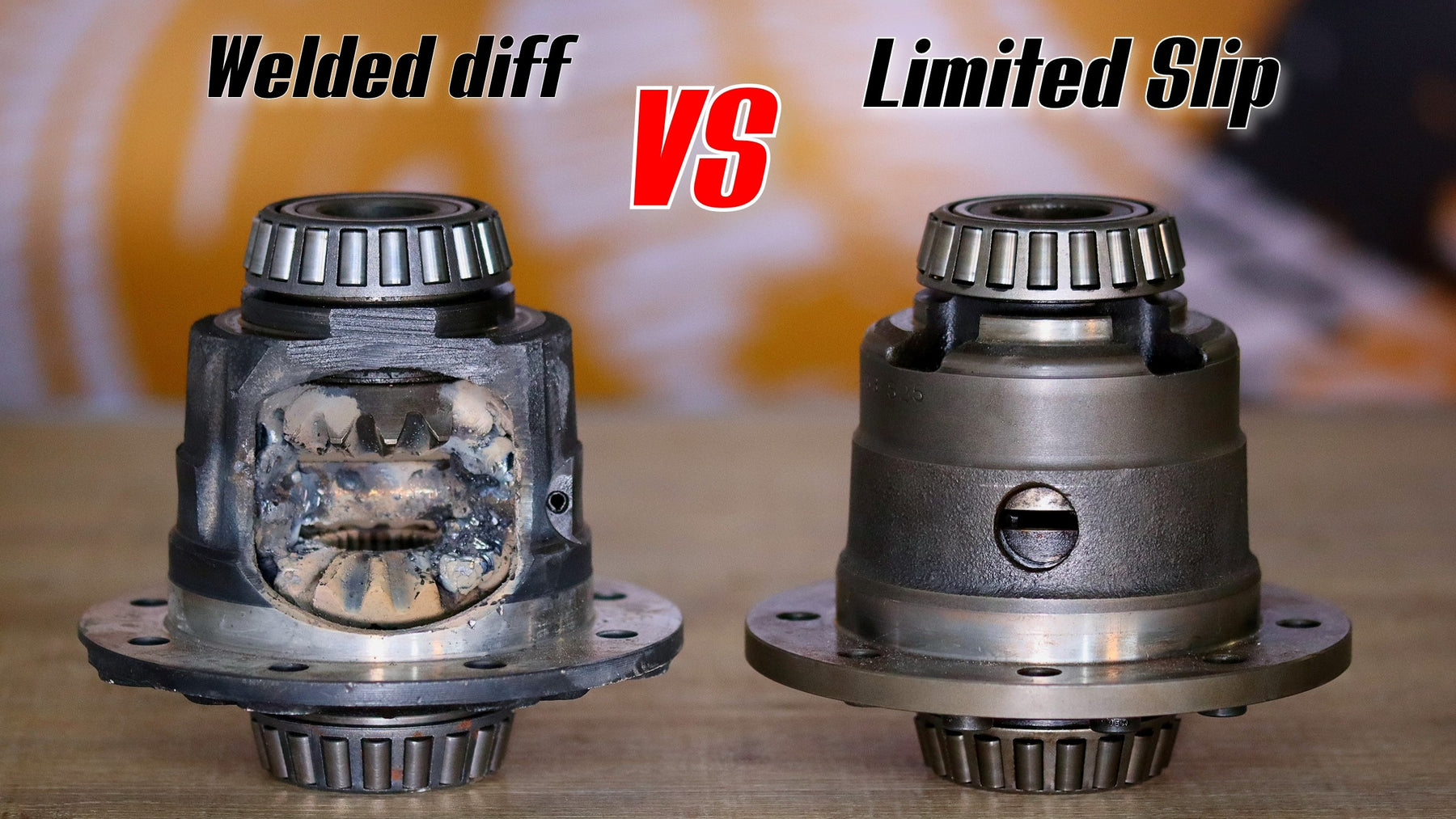
For example, a factory’s lease payment remains the same whether it produces 1,000 units or 10,000 units. Fixed costs are significant in differential cost analysis because they can influence the overall cost structure of a business. While they do not vary with production levels, understanding their impact is essential for long-term financial planning and assessing the feasibility of different business decisions.
Process of Differential Cost Analysis
From manufacturing industries choosing between material suppliers to service-oriented enterprises weighing new software investments, differential cost sits at the core of their strategic decision-making processes. It differs from the marginal cost because marginal cost includes labor, direct expenses, and variable overheads, whereas differential cost includes both fixed and variable costs. Suppose the decision is whether to drive your carto work every day for a year versus taking the bus for a year.
- It is not advisable to increase the level of production to such a level where the differential costs are more than the incremental revenue.
- Soniya Ltd. can produce extra units with the current capacity.
- The components of an item are manufactured by another unit under the same management.
- Say one gadget costs more upfront but has lower operating expenses than its cheaper counterpart, with higher ongoing costs.
- When we work to make decisions, we need to look at the pros and cons of each option.
Solved Example of Differential Costing
You compare what each option will cost you extra over the other. This method helps figure out which product gives you more value for your money. Understanding fixed costs is essential for any accounting professional. They form an integral part of direct costs and indirect overheads in financial statements. Businesses must cover these ongoing expenses to keep their operations running smoothly.
Usage of Differential Cost Analysis

In other situations,costs do not differ between alternatives. Accordingly, managementshould select the alternative that results in the largest revenue.Many times both future costs and revenues differ betweenalternatives. In these situations, the management should select thealternative that results in the greatest positive differencebetween future revenues and expenses (costs). The incremental revenue of Rs. 10,000 is much more than the differential cost of Rs. 3,000, it will increase the profit by Rs. 7,000.
Variable costs fluctuate directly with the level of production or business activity. These costs increase as production ramps up and decrease when production slows down. Examples include raw materials, direct labor, and utilities directly tied to manufacturing processes. For instance, a company producing widgets will incur higher costs for materials and labor as it produces more widgets. Understanding variable costs is crucial for businesses because they directly impact the marginal cost of production.
Similarities between Marginal and Differential Costing
Determination of the most profitable level of production and price. Differential costing involves the study of difference in costs between two alternatives and hence it is the study of these differences, and not the absolute items of cost, which is important. Moreover, elements of cost which remain the same or identical for the alternatives are not taken into consideration.
These include direct materials and labor required to make each unit. This is key in differential cost analysis for decision-making. Differential cost is the change in cost which may result from the adoption of an alternate course of action or change in the level of activity. In many situations, total variable costs differbetween alternatives while total fixed costs do not. For example,suppose you are deciding between taking the bus to work or drivingyour car on a particular day.
Companies look at different costs for making smart decisions. Differential cost is the change in the costs which may take place due to increase or decrease in output, change in sales volume, alternate method of production, make or buy decisions, change in product mix etc. So, differential cost is the result of an alternative course of action. We now have to look at the differential cost between the two choices.
Ifyou bought a second car for commuting, certain costs such asinsurance and an auto license that are fixed costs of owning a carwould be differential costs for this particular decision. Differential costs are the increase 9 things new parents need to know before filing their taxes in 2021 or decrease in total costs that result from producing additional or fewer units or from the adoption of an alternative course of action. The primary purpose of conducting a differential analysis is decision-making.
Think of it as the financial impact of choosing between two paths. For certain decisions, revenues do not differbetween alternatives. Under those circumstances, management shouldselect the alternative with the least cost.
